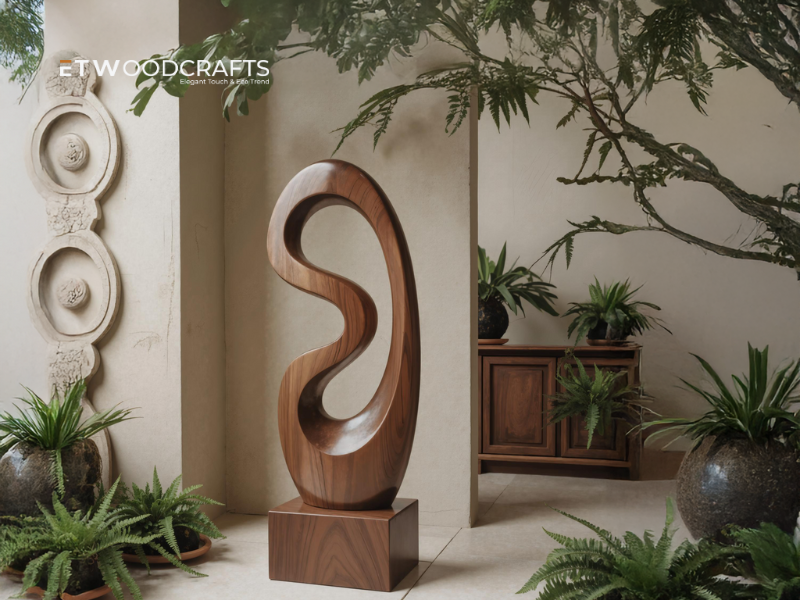What is Constructivism? At its core, it represents a cultural revolution that values simplicity, purpose, and structure, influencing everything from architecture to interior design. For today’s homeowners, educators, and designers, understanding Constructivism offers a way to create spaces that balance function and beauty, making it as relevant now as it was when it first emerged in the early twentieth century.
1. The Origins and Principles of Constructivism
A Revolutionary Beginning
Constructivism began in Russia around 1915, in the aftermath of the Russian Revolution. Artists and designers saw their work as tools for social change, not just for aesthetic pleasure. They embraced abstract forms, clean lines, and modern materials, believing that art should serve the needs of everyday life.
The Role of Functionality
One of the most important principles of Constructivism is functionality. This movement rejected unnecessary ornamentation and focused on utility. Whether in furniture, art, or architecture, the emphasis was always on serving a purpose while maintaining a streamlined and elegant form.

Buy now: Farmhouse Wood Sculpture Decor For Outdoor Patio
Influence Beyond Art
Constructivism quickly spread beyond visual art. It shaped theater, architecture, and even graphic design. Buildings and interiors were designed with geometric clarity, while household objects were stripped down to their most essential forms. This cross-disciplinary influence is what makes Constructivism a lasting source of inspiration for modern design today.
2. Constructivism in Modern Interior Design
Embracing Geometry and Structure
In modern interiors, Constructivism is often expressed through geometric layouts, angular furniture, and strong visual structures. This approach gives rooms a sense of clarity and order while still feeling warm and livable.
Zen-style Minimalism
One of the fascinating intersections between Constructivism and today’s interiors is the rise of Zen-style design. Just like Constructivism, Zen-inspired spaces value simplicity and balance. Together, they create a calming environment that removes excess and focuses on harmony between people and their surroundings.

Integration of Natural Elements
Modern Constructivist-inspired interiors often include natural textures, such as wood, stone, and linen. These materials soften the structured lines and give the space a warm, organic feel. The combination of geometric precision with raw, tactile surfaces creates a perfect balance between form and nature.
3. Constructivism and Sustainable Living
Responsible Material Choices
A crucial adaptation of Constructivist ideas for today’s world is sustainability. Designers and homeowners are more conscious of the materials they use, leaning toward eco-friendly practices such as sustainable wood sourcing. This not only reflects the Constructivist ethos of purposeful design but also ensures a positive impact on the environment.
Long-lasting Design
Constructivist-inspired interiors are built to last, both in terms of style and durability. Clean lines and strong materials create timeless pieces that don’t fall victim to fleeting trends. This philosophy aligns with sustainable living, as it reduces the need for constant replacement.

Buy now: Farmhouse Large Twisted Spiral Floor Art For Contemporary Interiors
A Socially Responsible Philosophy
Just as Constructivism was originally tied to social progress, today it is connected with responsibility toward the planet and community. Homes and workplaces designed under its influence often reflect values of care, efficiency, and environmental awareness, making them deeply relevant in the modern world.
4. Why Choosing ET Woodcrafts is the Best Option
Craftsmanship Rooted in Constructivist Ideals
At ET Woodcrafts, the philosophy of Constructivism is not just a historical idea but a guiding principle in every product created. The focus on functional beauty, clean structure, and practical elegance defines their approach to woodworking. Each piece is thoughtfully designed to serve a purpose while maintaining a distinctive aesthetic that resonates with modern sensibilities.
Sustainable and Ethical Practices
ET Woodcrafts takes sustainability seriously, ensuring that materials are responsibly sourced and ethically processed. Our commitment to using eco-friendly practices reflects both modern demands for sustainability and the Constructivist value of purposeful creation. When you choose ET Woodcrafts, you’re not just purchasing furniture; you’re investing in a product that honors both design and the environment.

Personalized Solutions for Modern Homes
In addition to quality craftsmanship and sustainability, ET Woodcrafts understands that every home is unique. Our designs reflect a balance between structure and individuality, offering customizable solutions that fit seamlessly into your lifestyle. Whether you are seeking bold Constructivist geometry or subtle Zen-style minimalism, ET Woodcrafts has the ability to bring your vision to life.
Conclusion
Constructivism remains a powerful design philosophy because of its blend of structure, functionality, and social purpose. From its revolutionary origins to its modern applications in sustainable living and interior design, it continues to inspire timeless spaces that combine beauty and utility.
By integrating natural textures, embracing Zen-style influences, and practicing sustainable wood sourcing, Constructivism proves its relevance in contemporary homes. For those who want to bring these values into their living spaces, ET Woodcrafts offers unmatched expertise and dedication. Choosing ET Woodcrafts's Abstract Sculpture or any carefully crafted piece from their collection means embracing a philosophy that honors both the past and the future.

